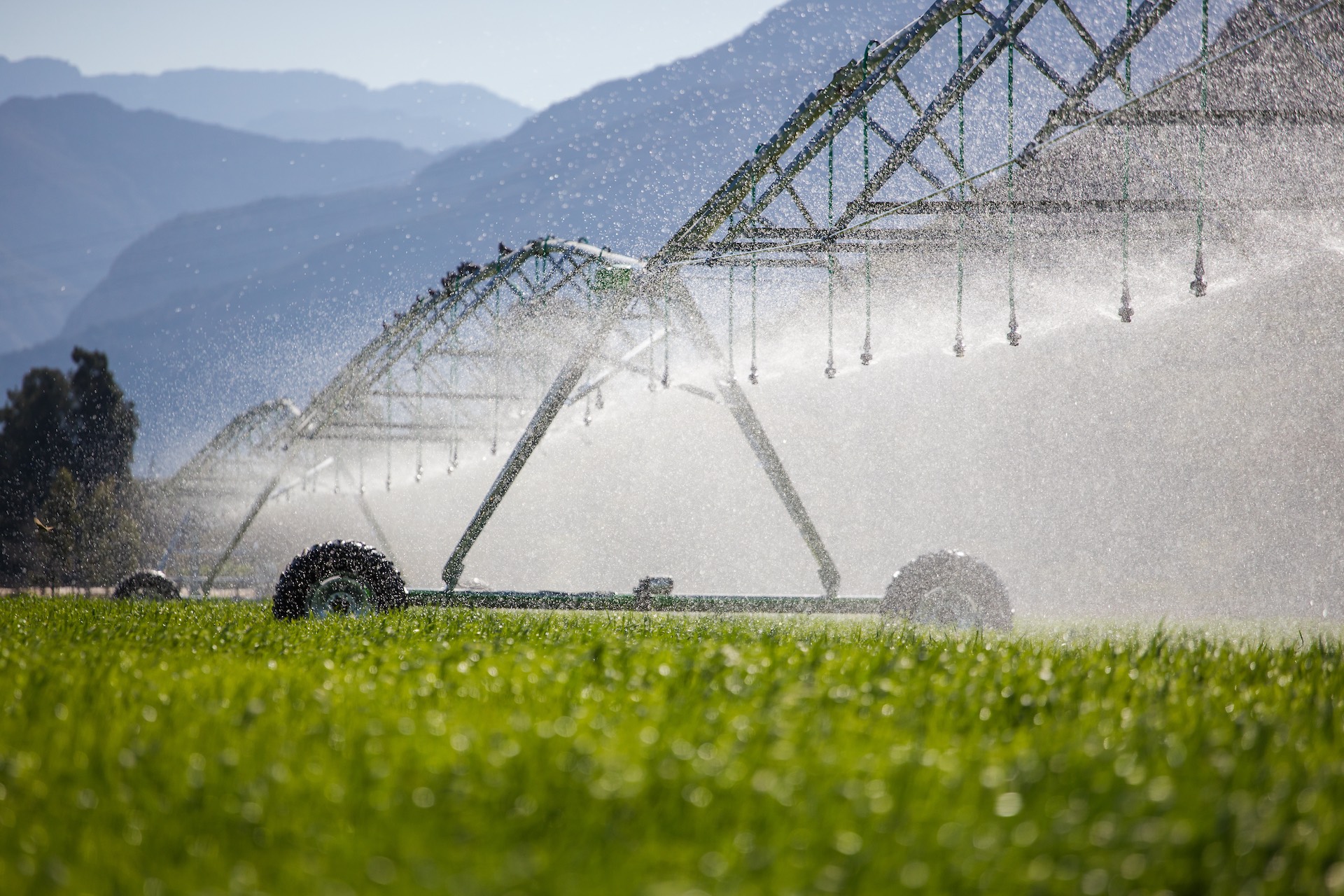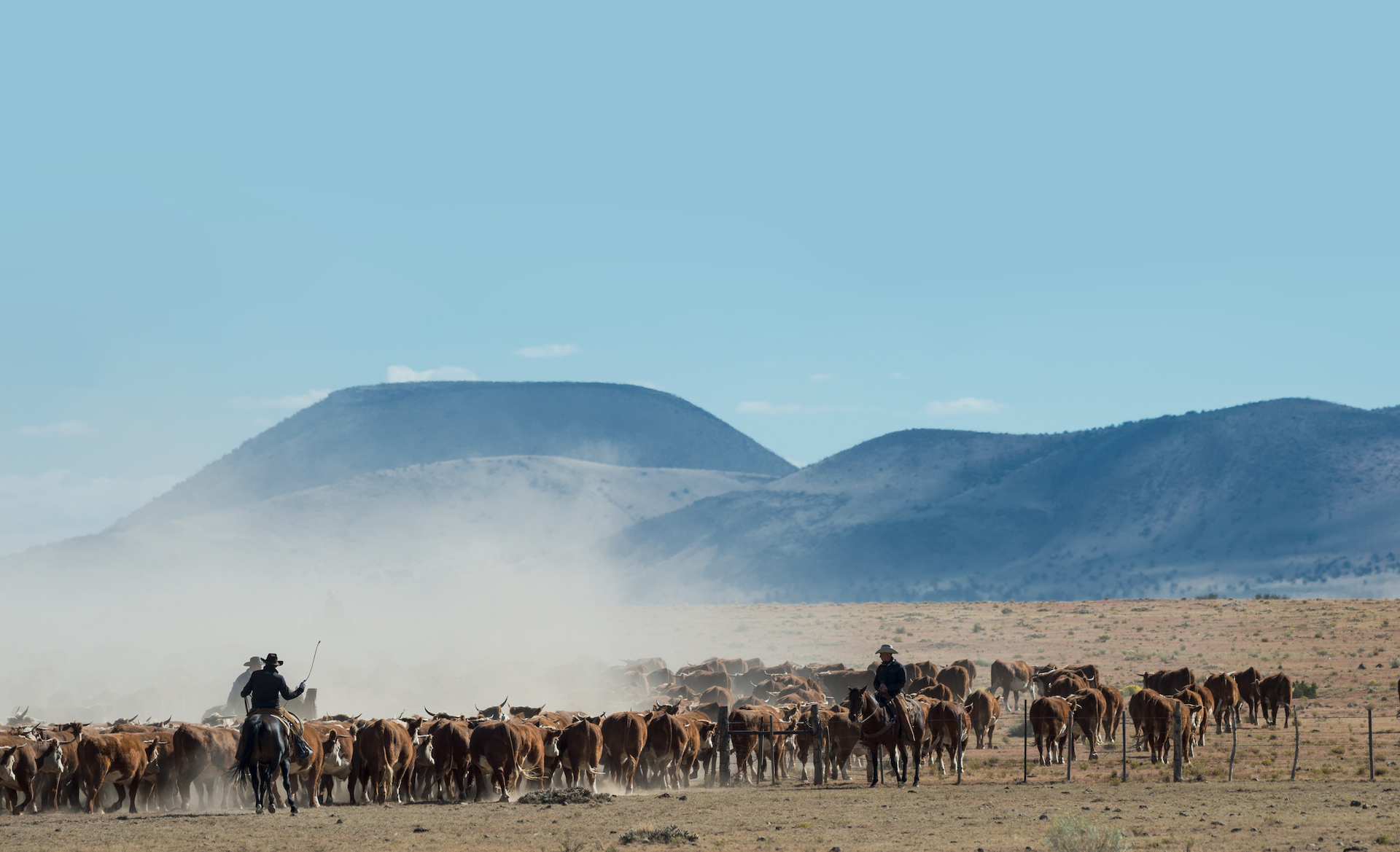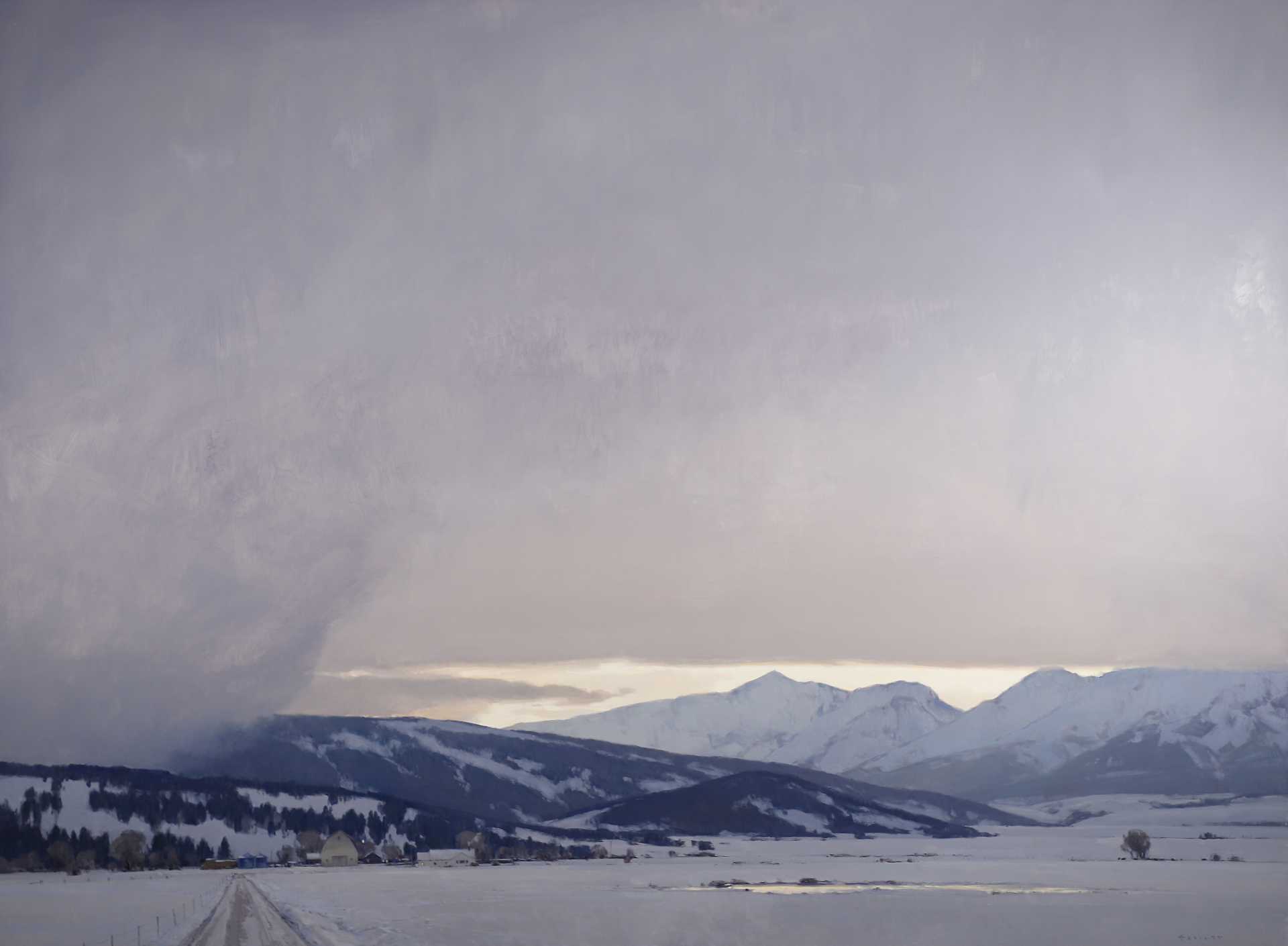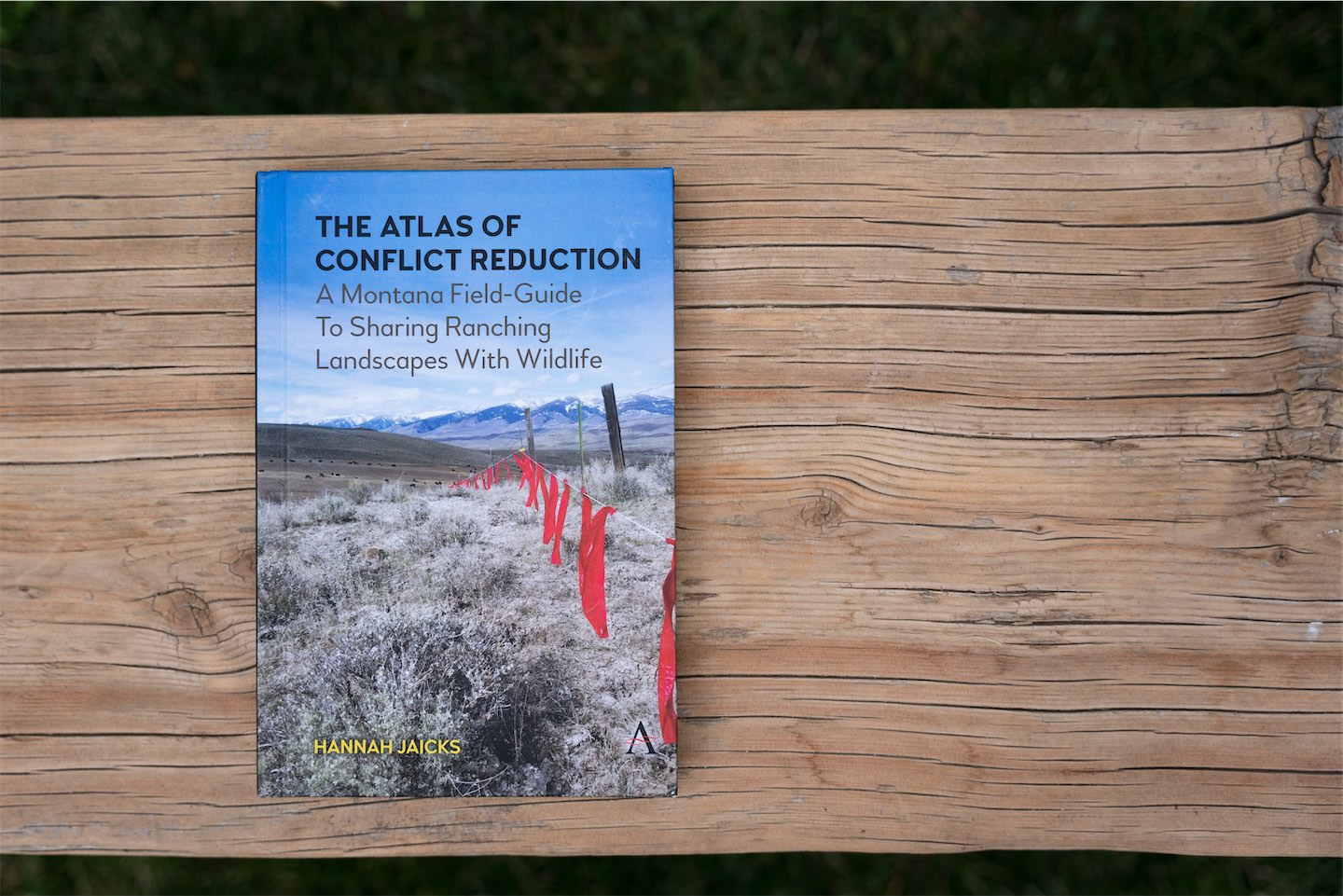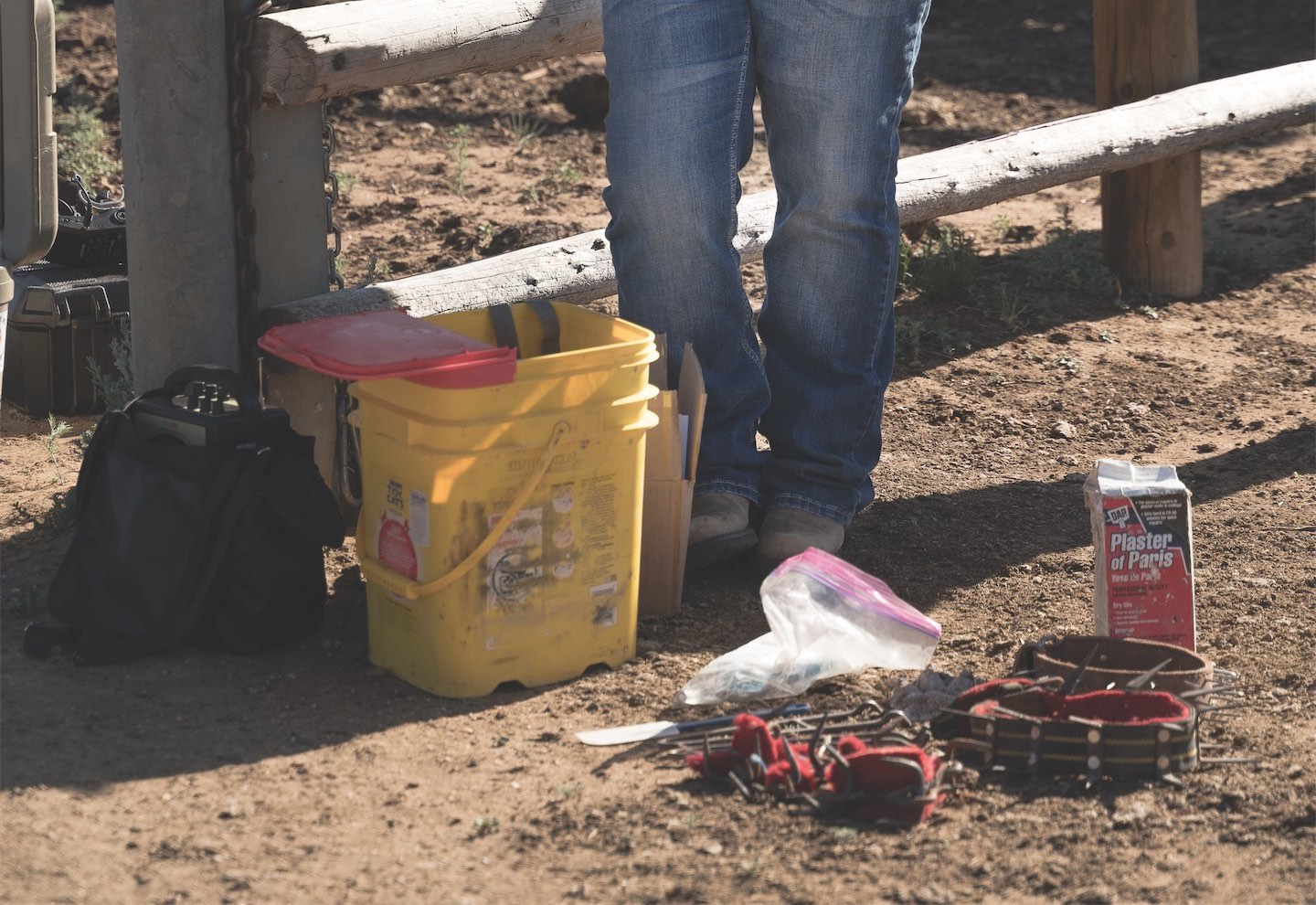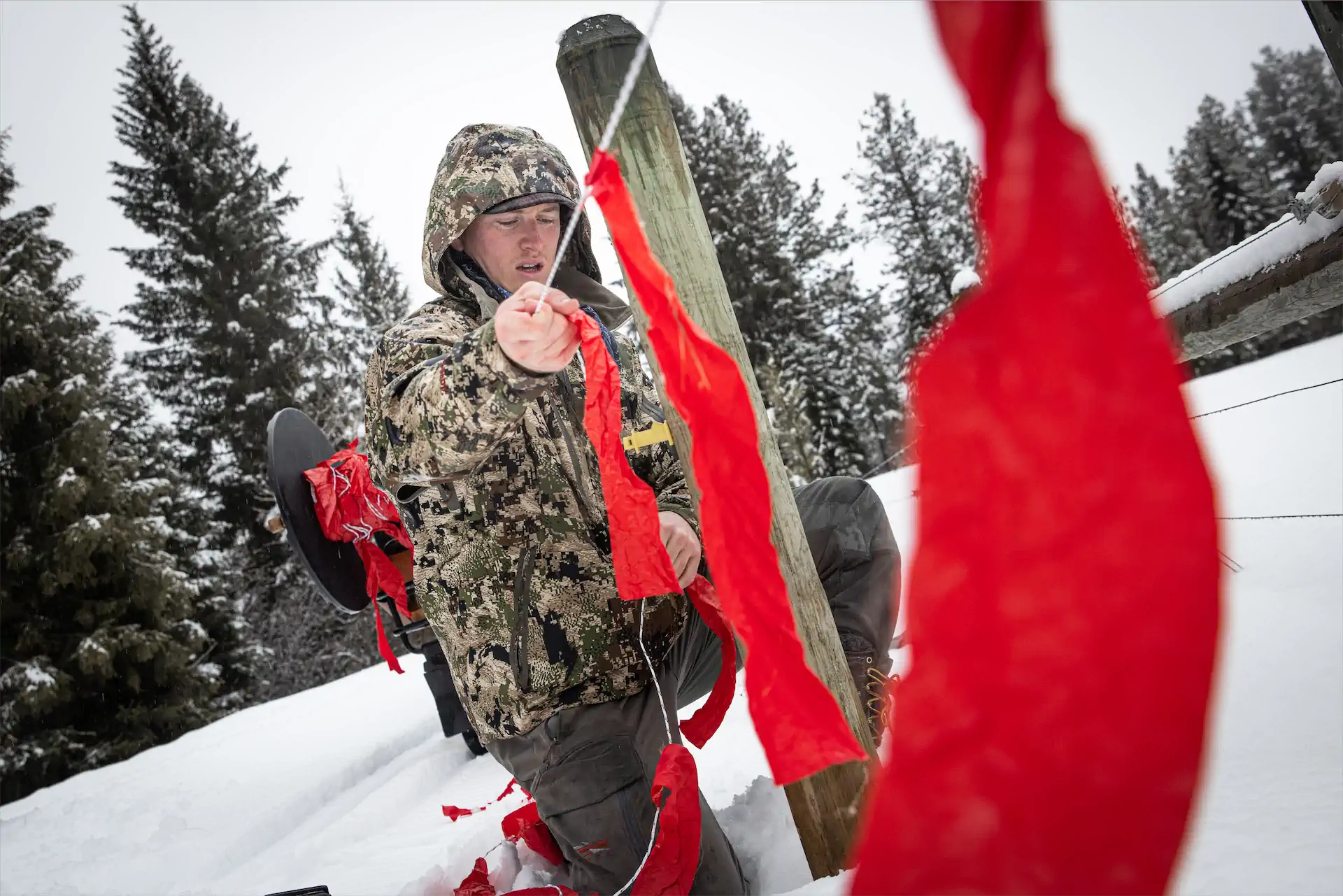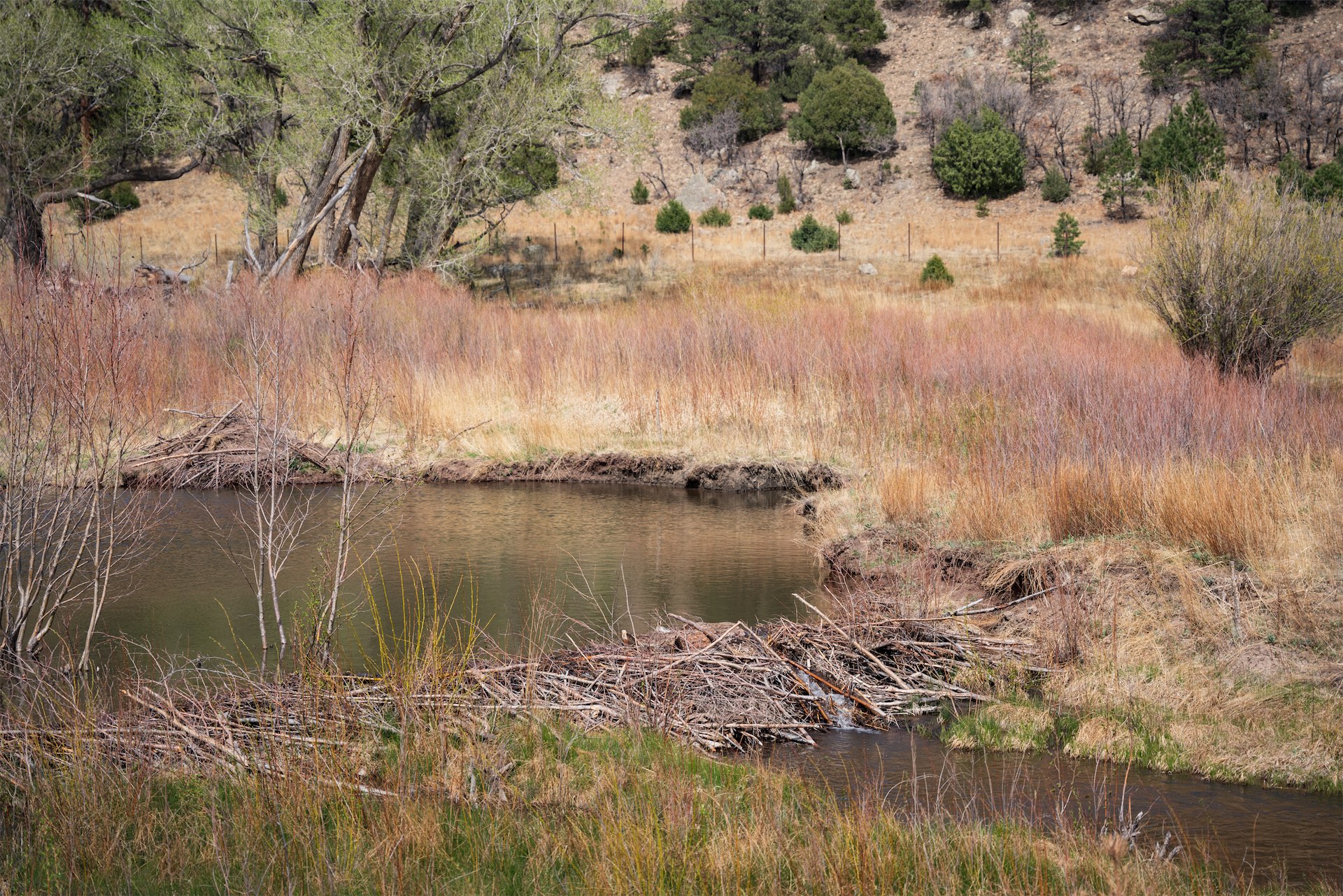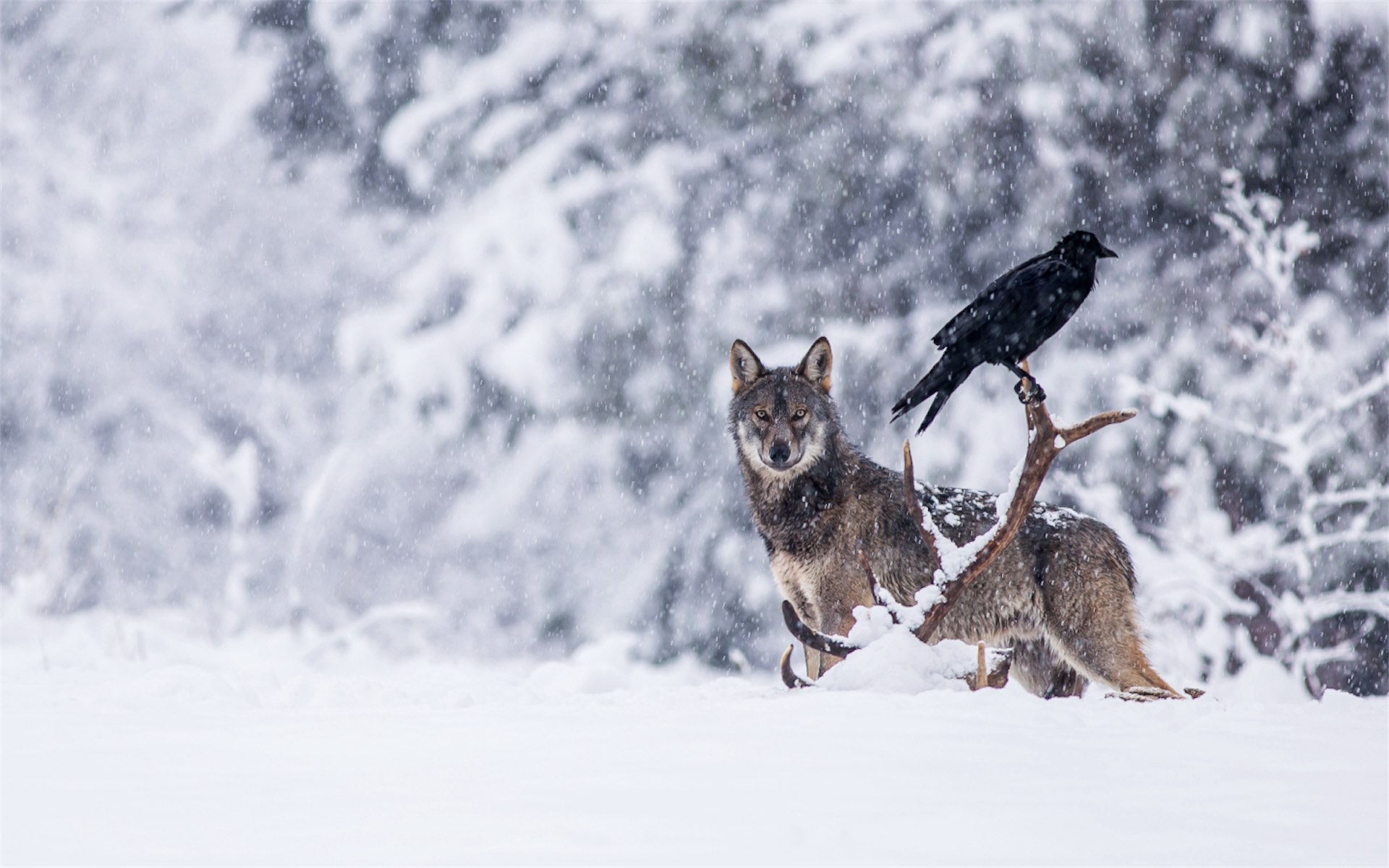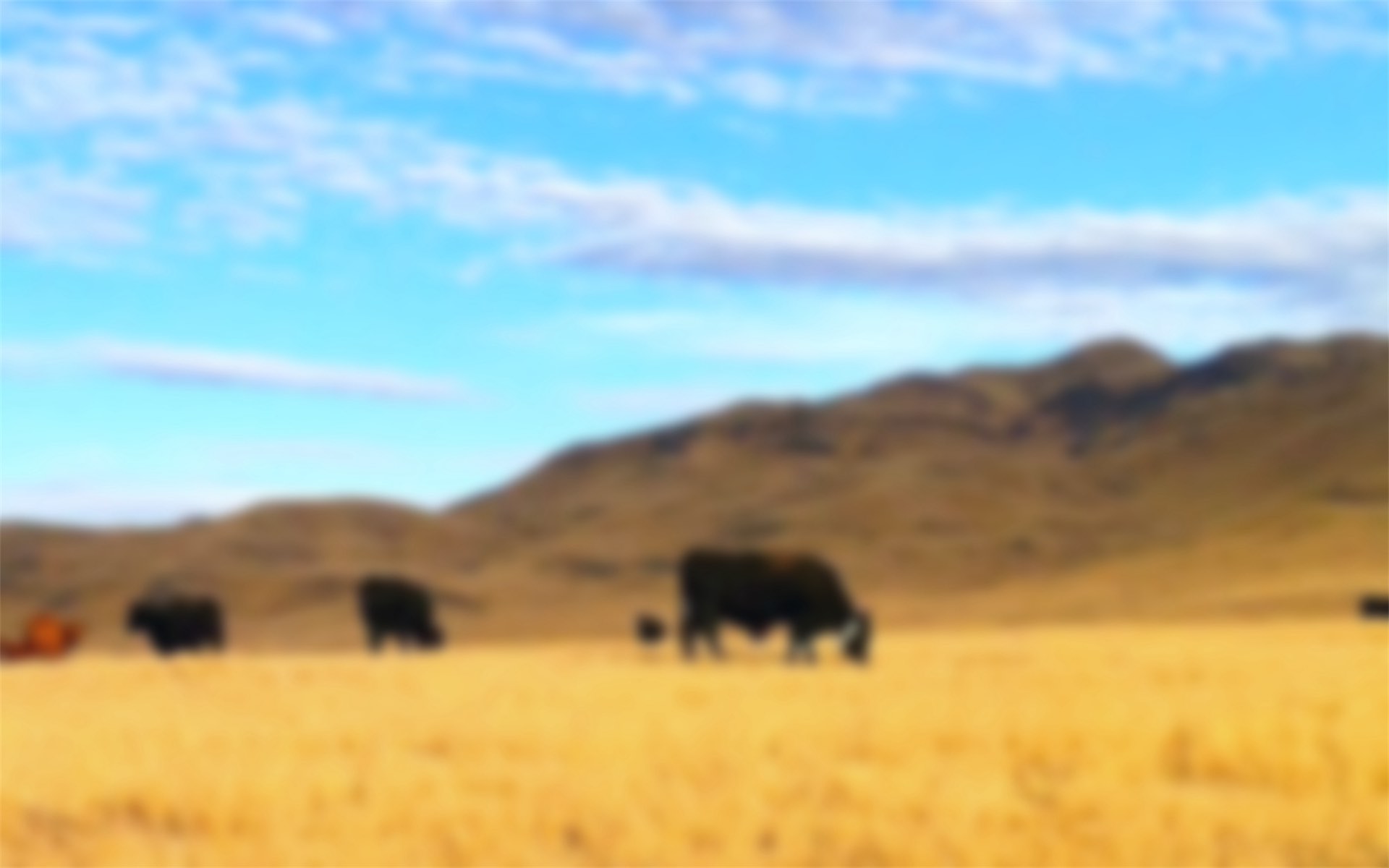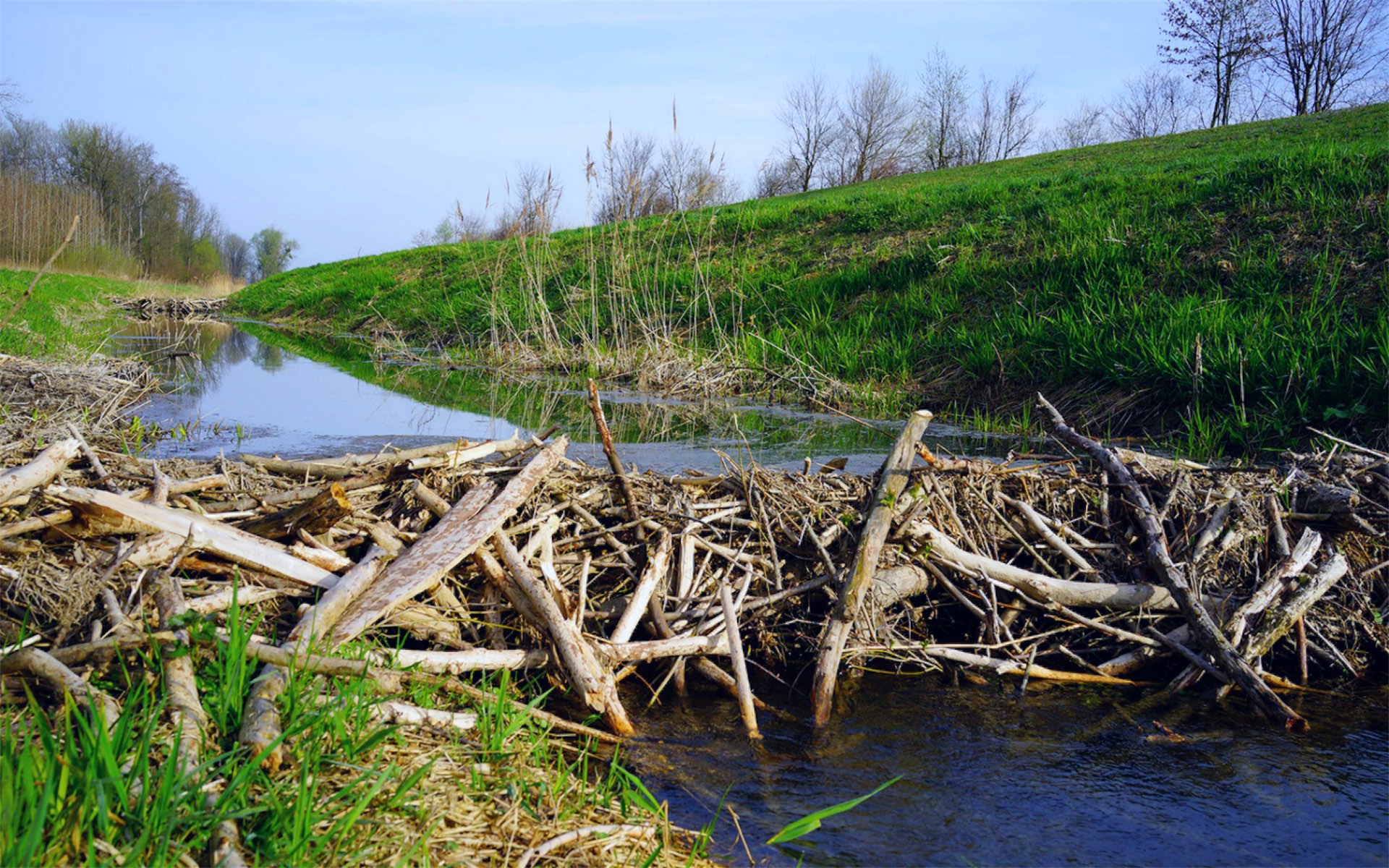What landowners need to know about the farm bill and water
It has been a busy year at the Capitol. After much back-and-forth, two major pieces of legislation passed that will bring considerable new investments to Western working landscapes: the Inflation
Surviving and thriving through generational change
By staying rooted in relationships with each other and the land, the Babbitt family kept their historic ranch together and secured its legacy for generations to come.
Letting the Yellowstone wander again
It’s late in the summer of 2021, and I’m midway through daytwo of our four-day trip down the Yellowstone River. There isn’t anotherboat in sight. It’s calm enough to ride
For Josh Elliott, the good old days are now
WLA members and mother and son Carolyn Quan and Kelly Bennett recently sat down with artist Josh Elliott to discuss his vision of the Next West and the unifying effect
Places, Identities and Change
Atlas of Conflict Reduction takes deep lookat how decisions are made on the range Hannah Jaicks dispels many of our preconceived notions of that mythical character of the American West, the
Wolf monitoring that works for ranchers
Monitoring wolf movement helps ranch managers understand when and where these clever canids move through the landscape. This information can help with a host of management decisions that help to
Seeing Red: Montana Ranchers and the Line between Conflict and Coexistence
Wayne Slaght stares out across the Two Creek Monture Ranch at the state wildlife managers unspooling strips of red fabric that now encircle his calving lot. A breeze coming off
Stream restoration doesn’t have to cost an arm and a leg
Low-tech stream restoration techniques can build resilience against drought, mitigate floods and improve forage quantity and quality, as well as improve riparian wildlife habitat. These simple structures and treatments are
Why a healthy fear of humans is good for wolves
As wolf population recovery and reintroduction take place around the West, the challenging subject of lethal control, whether wolves that prey on livestock should be killed, is under discussion. Regulated
Why we should be grazing that basin in the winter
Cheatgrass, medusahead and other invasive annual grasses are considered one of the greatest ecological threats within the Great Basin and other arid and semiarid regions of the West. In too
How low-tech ecosystem engineers can rewater the West
There’s a good chance that, in recent months or years, you’ve heard the terms aridification and desertification. Aridification is the gradual change of a region from a wetter to a drier


